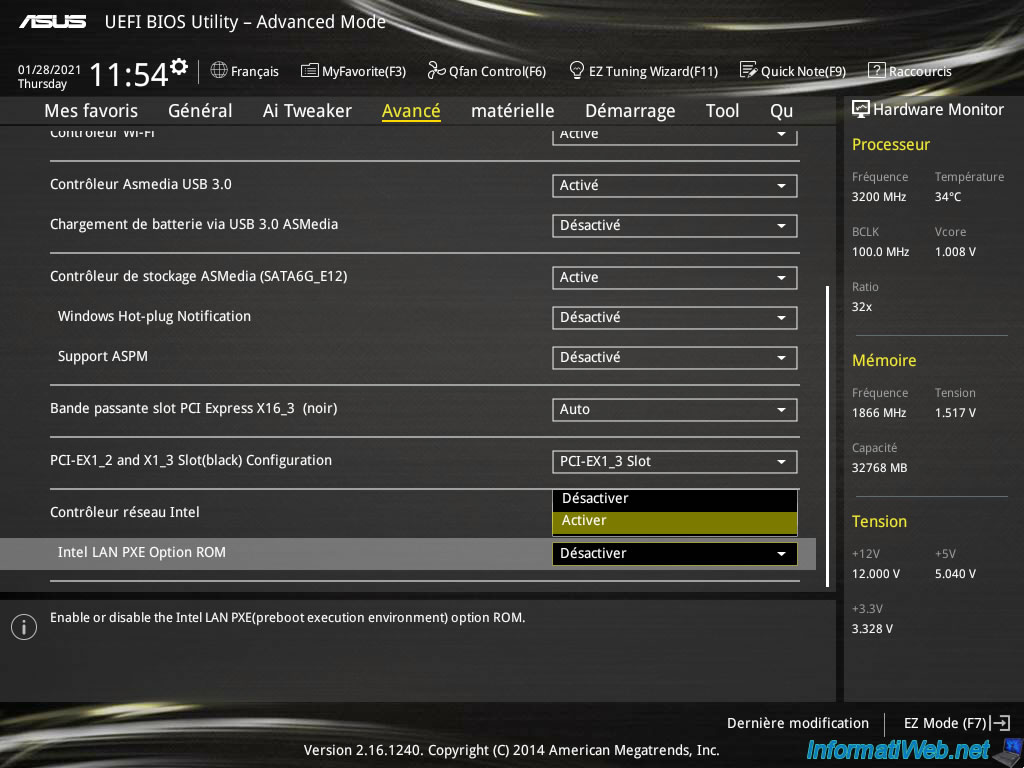

Recommendations, Assumptions and Prerequisites In this guide, we will lay the foundations which we will build upon in future articles. This guide will be the first of a series of guides about PXEing.

Note: In this video, the deprecated UDA project is used as the base for the server, and the annotations were aimed to explain to a friend the (at the time) recent additions made to it. Also, below is a video of a setup from 2008 that quickly goes over some of the boot possibilities. For a more in depth explanation of the entire process, its history and some of the infrastructure options it and gPXE (which is a more evolved cousin) enable, see this lecture on YouTube from their developers. In a sense, it is the secret ingredient that enables us to perform all of the above and then some. Using the “ PXElinux” NBP, it is possible to setup the server for more then just one PXE boot program for our clients. Power on –> BIOS –> Network Card’s PXE stack –> Network Boot Program (NBP) downloaded using TFTP from server to Client’s RAM –> NBP’s responsibility to perform the next step (a.k.a.


 0 kommentar(er)
0 kommentar(er)
